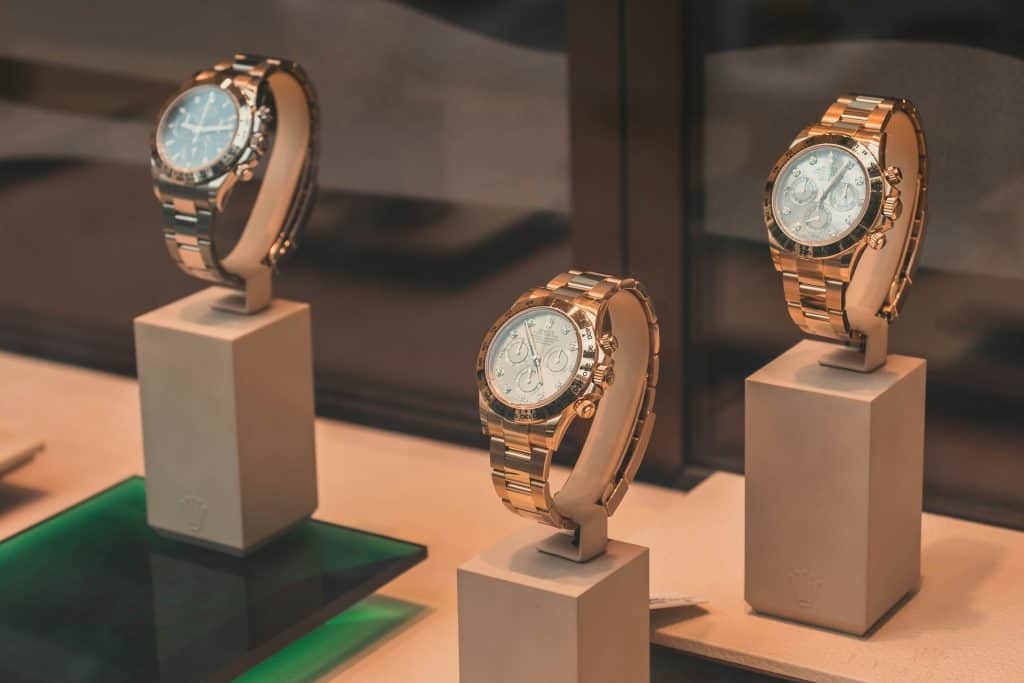
1. High Price Point
Retail prices for most stainless-steel models start around €6,000–€8,000, with precious-metal versions easily exceeding €20,000. On the secondary market, premiums can push these figures even higher. If budget is a concern—or you’d rather allocate funds elsewhere—Rolex may not be the most practical choice.
2. Limited Availability and Waiting Lists
Popular models often have waitlists that stretch months or even years. For many buyers, that means paying a hefty premium to a third-party dealer just to walk out with the watch immediately. Patience (or deep pockets) is essential.
3. Overexposure and “Mainstream” Status
Ironically, Rolex’s ubiquity can work against connoisseurs who seek rarity. Some feel that wearing a Rolex—especially a wildly common reference—lacks individuality compared to boutique brands or independent watchmakers whose designs and movements are less mainstream.
4. Maintenance Costs
While built to last, mechanical watches require servicing every 5–10 years. A full Rolex service can cost €800–€1,200 (or more for complicated models), which adds to the long-term expense.
5. Counterfeits and Gray Market Risks
The brand’s desirability has spawned a massive counterfeit market. Buying from unauthorized dealers or online marketplaces carries the risk of ending up with a fake or a watch with unclear provenance.

